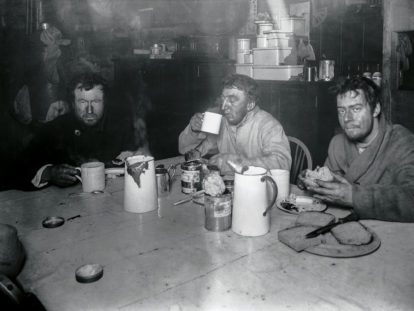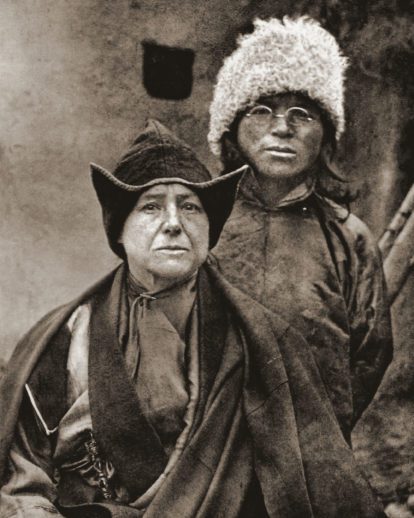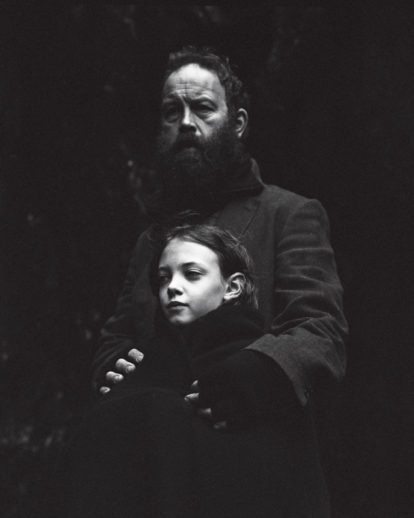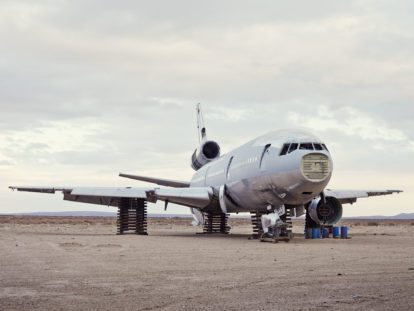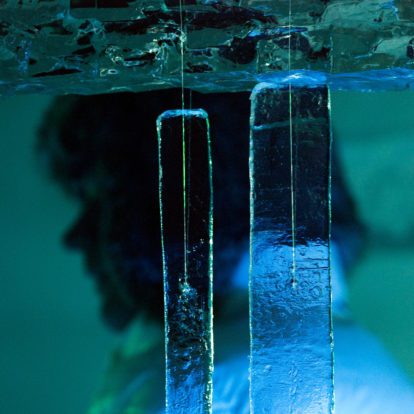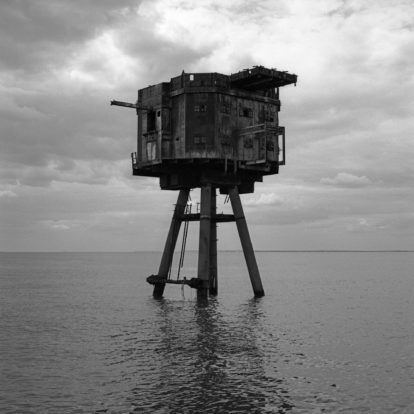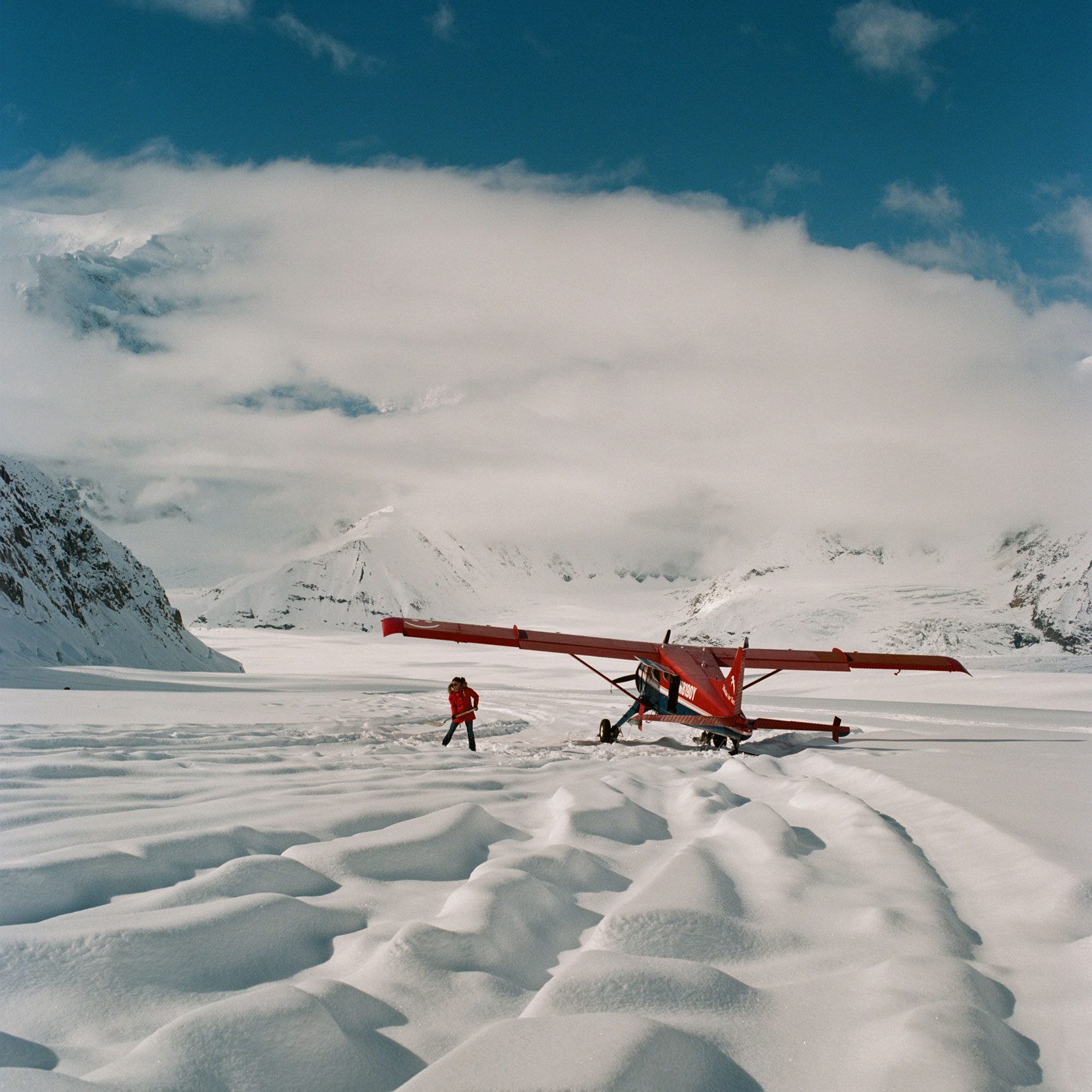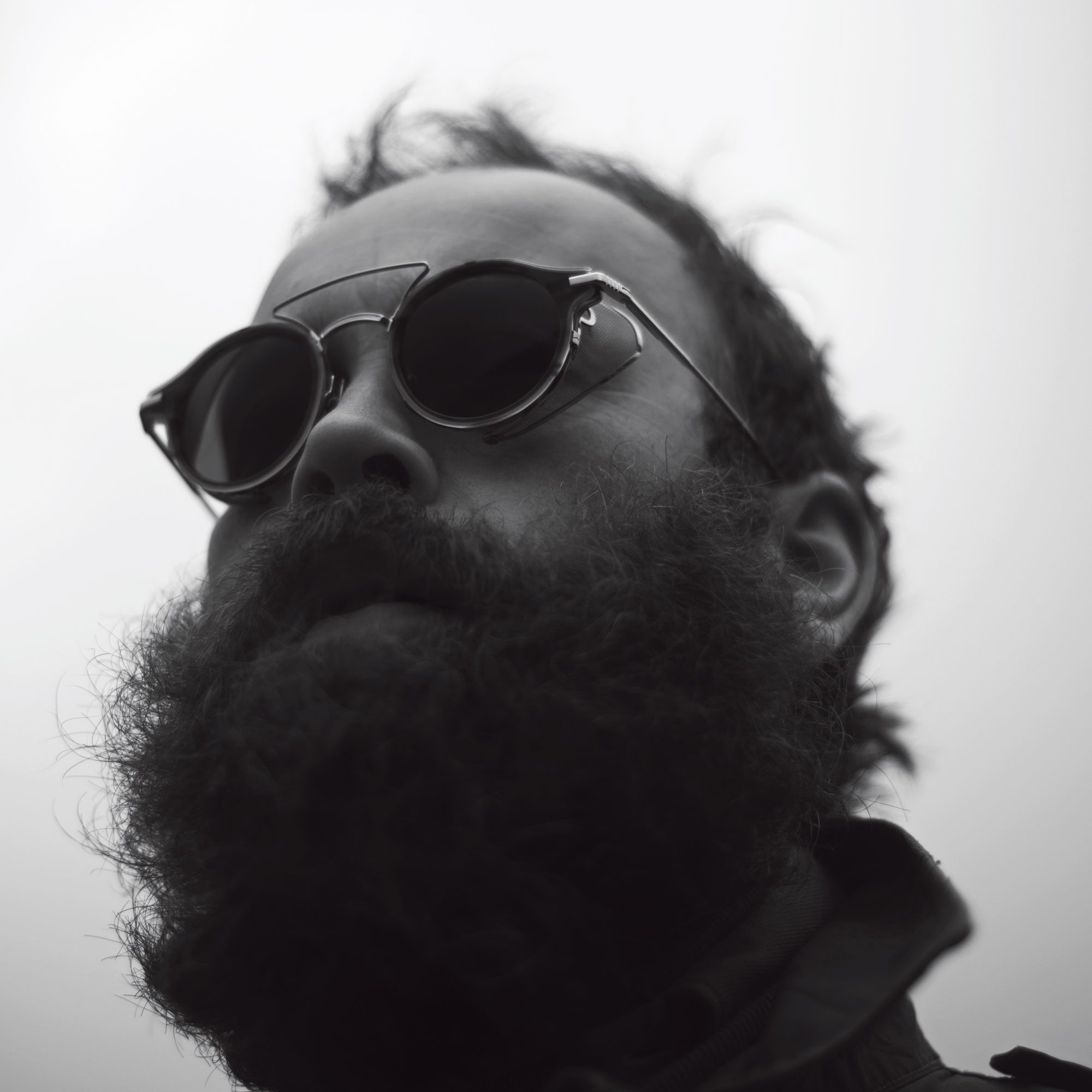There is no road to Pond Inlet. Most of the year round, the only way it’s possible to reach this remote Inuit settlement of 1,600 people is in a tiny plane. As we fly from Iqaluit over vast grey green expanses of the tundra, small lakes glimmer bronze like dull eyes in the sunshine. The sense is of a landscape for giants, too stark for any human to survive, until our plane begins to descend and the small painted houses on stilts come into view.

At ground level, it’s not difficult to feel you’ve reached the edge of the world. The vast whale bones that occasionally punctuate the waterfront are a sign of the narwhal hunting tradition that persists on the edge of Baffin Island. Mountains rise up like uneven teeth around a sea so mirror-smooth that the reflected light of the summer day seems to stretch to infinity. In the hamlet itself, Inuit inhabitants roar around dirt tracks on quad bikes, many of the mothers carrying their babies on their backs in amauti, the traditional parkas containing a baby pouch that protects the child from the cold.
Meeka Atagootak is petite and wiry, excitedly surveying the crowds that are gathering today at the Pond Inlet community centre. She tells me she remembers her mother sewing seal and caribou skins by hand to make the clothes necessary to weather the cold here. Set at a latitude of 72 degrees, the people of Pond Inlet live through three months of total darkness during the winter, and three months in which the sun never sets between May and August. The average high in July, the warmest month, is 6.6 degrees centigrade, the record low – 53.9 degrees centigrade.
Mountains rise up like uneven teeth around a sea so mirror-smooth that the reflected light of the summer day seems to stretch to infinity.
A few decades ago, the traditional animal skin parkas that Meeka saw her mother sew started to be replaced by synthetic materials that provided better protection against wet and windy weather. But Inuit, like all remote communities, have witnessed both good and bad effects of modernisation. For centuries their clothing, like so many aspects of their life, had been created with expertise honed by advice handed down from generation to generation. So it felt like a positive step when in 2007 Canada Goose invited Meeka to come and share her traditional clothes-making expertise with them so they could combine it with new techniques to develop a new garment.
She and Rebecca Killiktee flew to Canada Goose’s Toronto factory to help create what is now known as the Baffin Anorak. The two women talked the factory staff through the importance of the parka having features such as visibility – to avoid wearers being run over by snow ploughs during the months of permanent darkness – or the need for a removable shell. While they were at the factory, they observed that there was surplus material and asked if they could bring it back to Pond Inlet. Canada Goose responded by proposing a new scheme – flying rolls of the fabric they no longer needed up with Canadian airline First Air and donating it for free to different Inuit communities so people could make their own parkas.
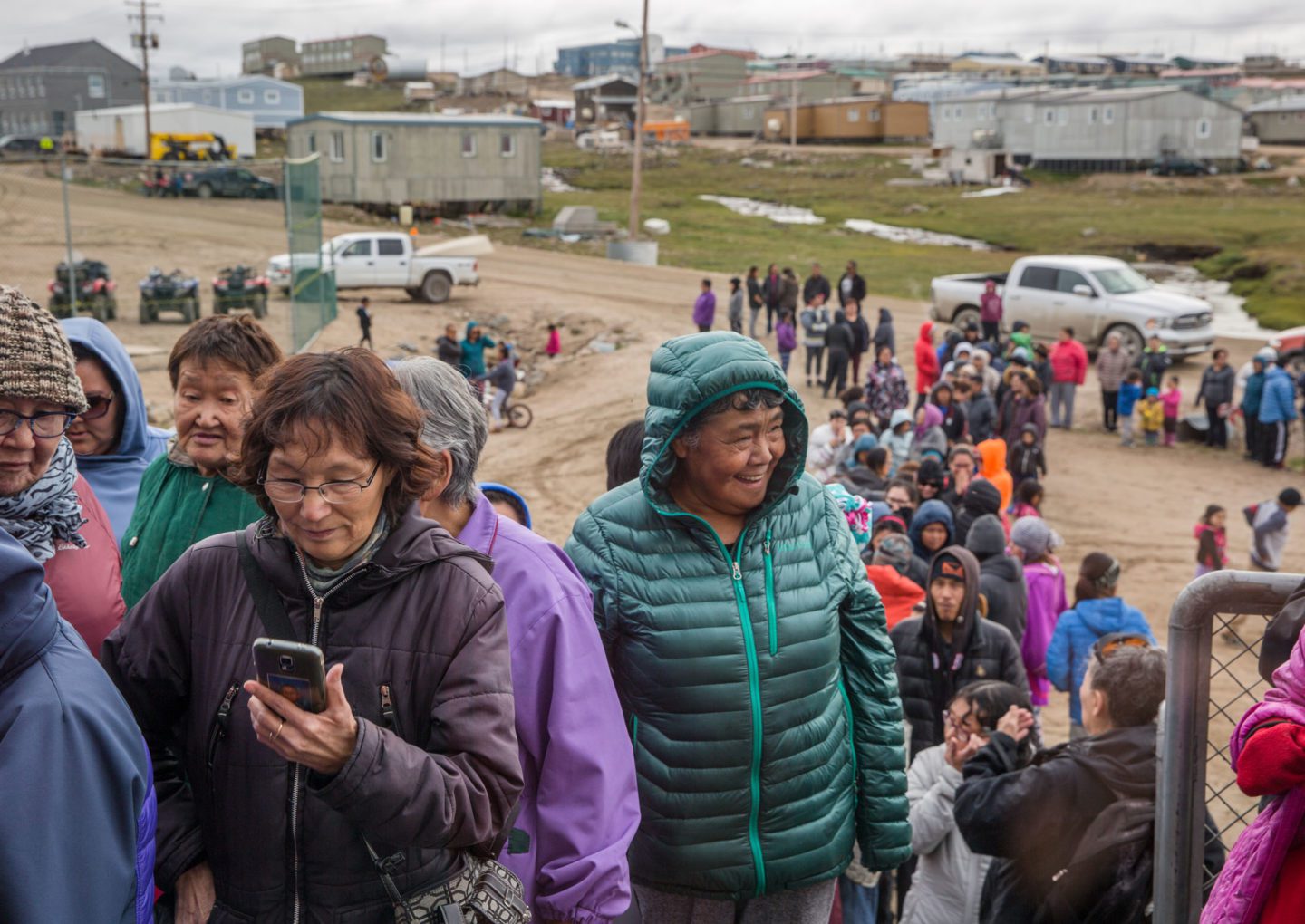
Hundreds queue outside the community centre. Inside, collapsible tables start to sag with rolls of the material. Canada Goose donates rolls of surplus fabric to different Inuit communities so people can make their own parkas.
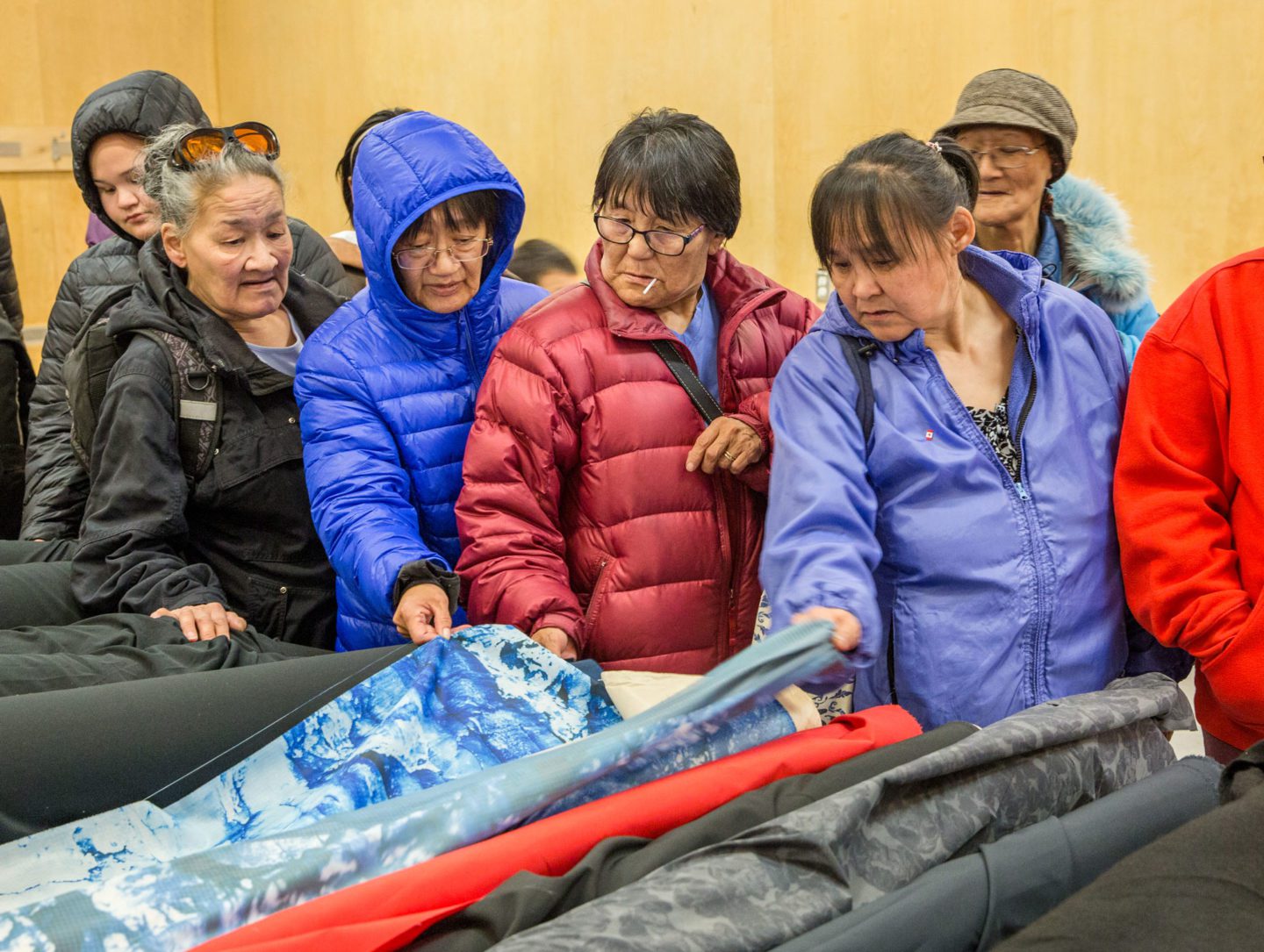
Today hundreds of Inuit, mostly women, are queued outside the Pond Inlet community centre, as if waiting for a Harrods sale to start. Inside, collapsible tables are starting to sag with rolls of the material, which individuals including Dani Reiss, the CEO of Canada Goose, are cutting in to segments ready for the women to take with them. A scrum seems imminent, but when the signal is eventually given, the atmosphere is more that of a party – teenage boys mooch round the edge while their mothers and grandmothers assiduously scoop up the treats on offer.
The only sign of the hunt becoming more intense is when babies are whipped out of hoods and handed to young children, who stagger round with their new charges as the mothers devote themselves to more active foraging.
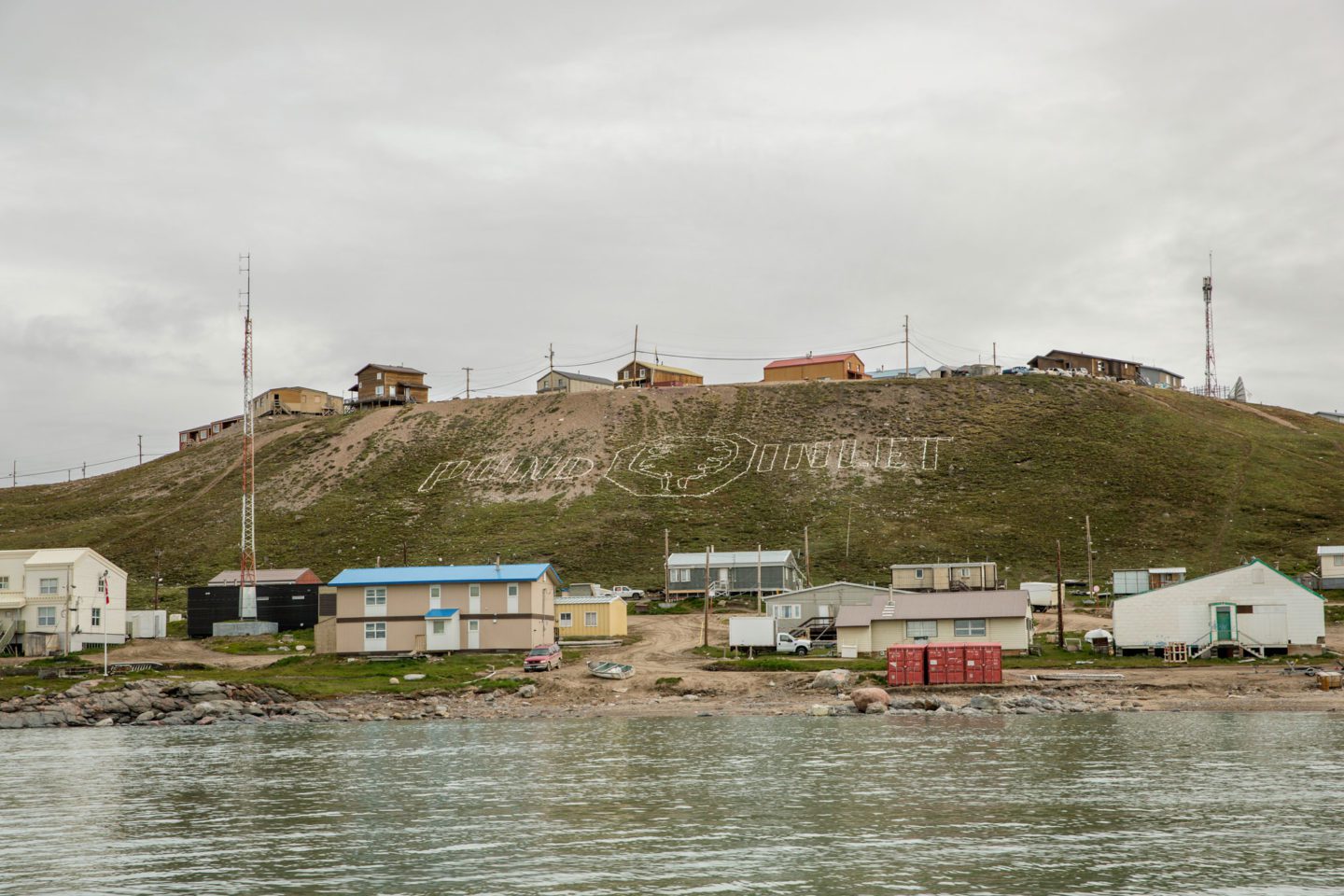
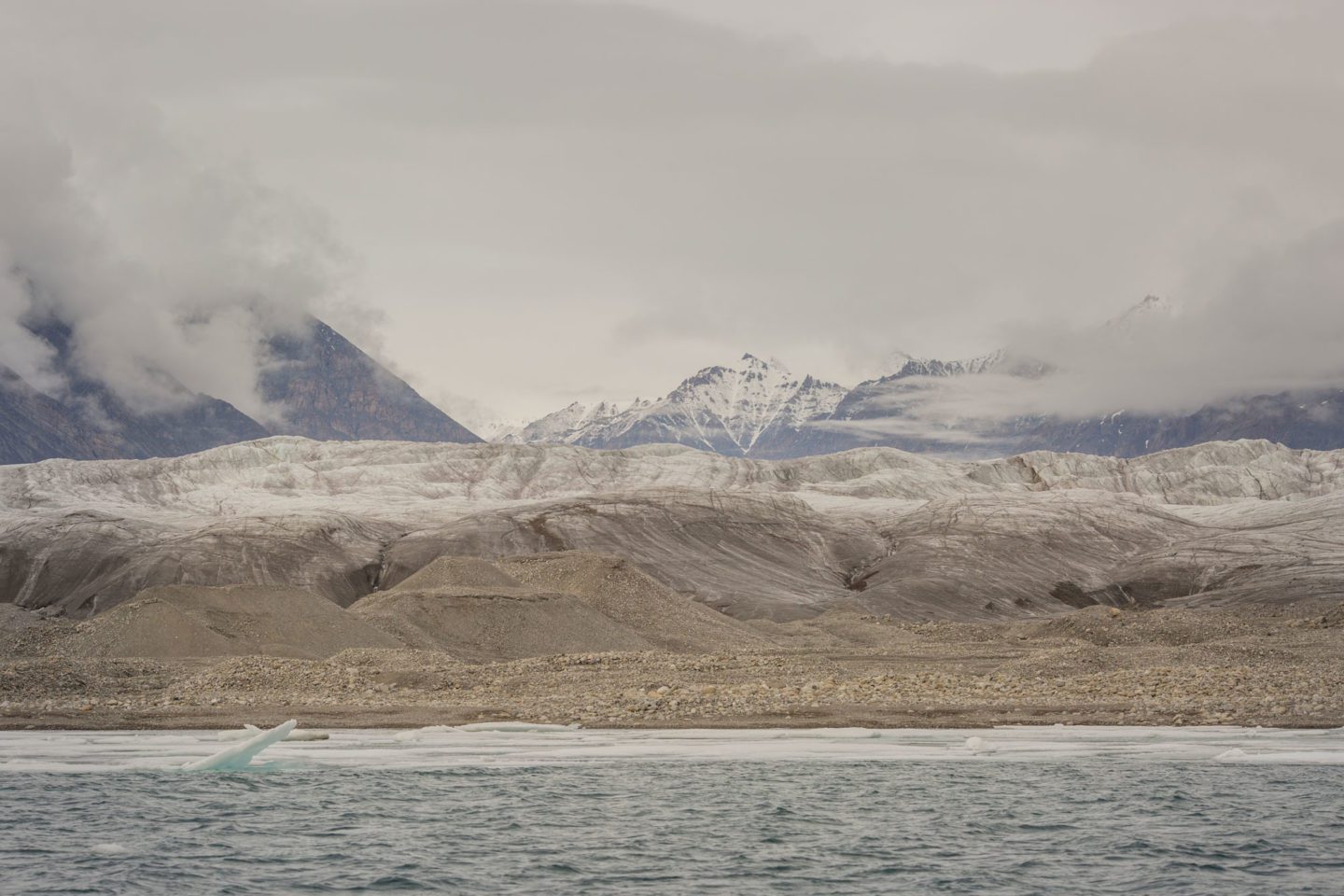
‘The sense is of a landscape for giants, too stark for any human to survive.’
It’s an extraordinarily cheering scene, that simultaneously reinforces how hard it can be to scrape by in Pond Inlet. As with the rest of Nunavut, because food and drink have to be airlifted in, prices are three times what they are across the rest of Canada. One kilo of carrots will cost $6.90 compared to $2.25 elsewhere in the country, while a litre of milk can reach over $6. The high cost of living is compounded by the fact that unemployment is – at 22% – higher here than in any other part of Nunavut. Suicide rates across the territory are 10 times above Canada’s national average, and life expectancy for men is 68 and women 74, as opposed to 79 and 84 respectively in a province like British Columbia.
Yet there are more cheering statistics too. It was recently revealed that Nunavut had the highest fertility rate in the country, increasing its population by 12.7% between 2011 and 2016. Iqaluit, the capital of Nunavut, is expanding rapidly. Walking round it, obvious points of interest include one of Canada’s northernmost mosques and a church that looks like a spaceship, but it’s also inescapable that large building sites are appearing everywhere. An entrepreneurial spirit is flourishing, and initiatives like the Canada Goose material giveaways are all playing their part.
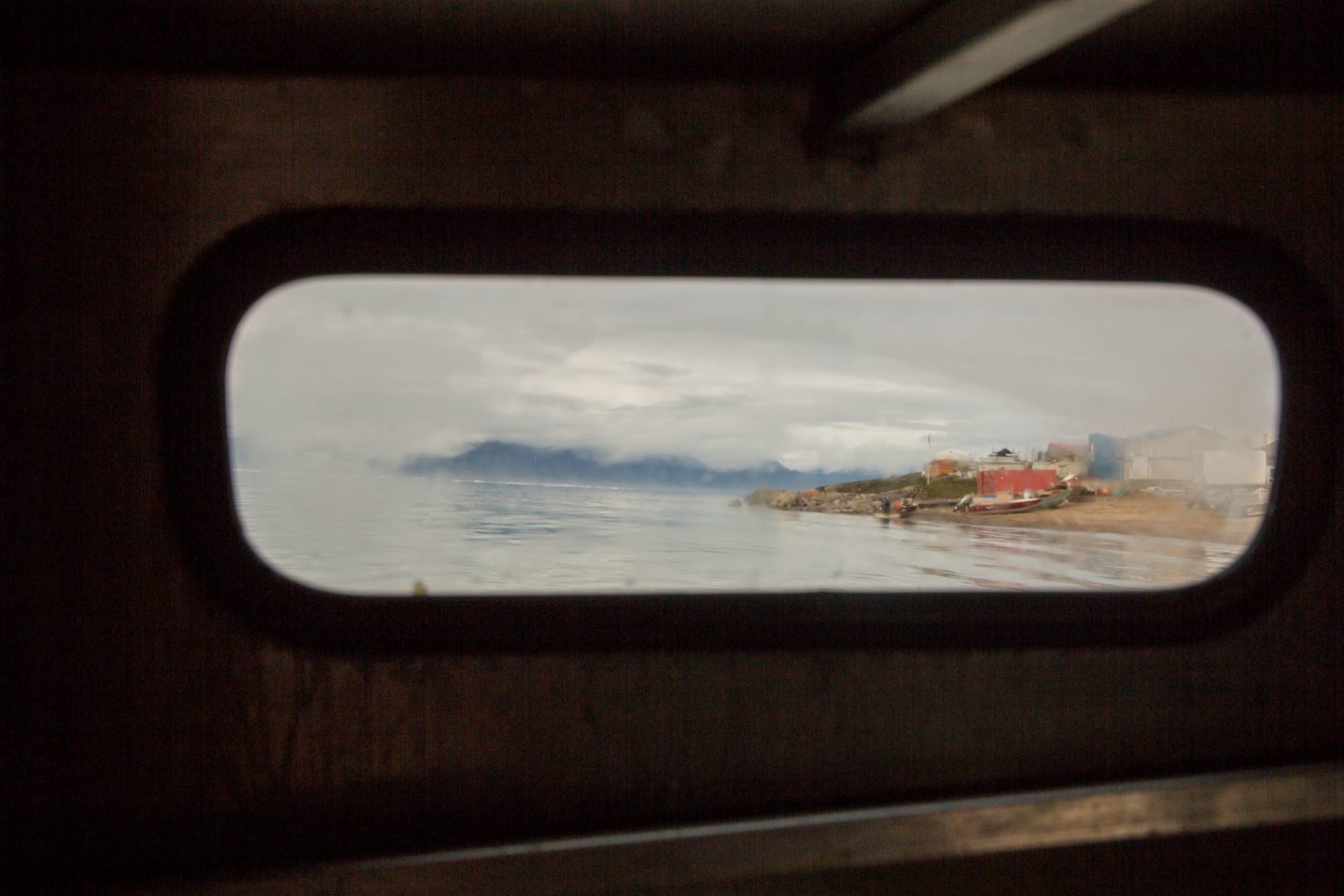
At the end of the day in Pond Inlet, we go out in a boat with a reinforced hull to see a glacier, our progress marked by the crack and crunch of the small icebergs that we pass. The scene has a spectral beauty. Clouds skim low over a glass-still sea, while two white suns blaze above and below the water. Occasionally gunshot reverberates across the seascape as an Inuk takes aim at a seal.
It’s a reminder that while much is changing here, there is much too that will not change for centuries. We take off on the plane and the wooden houses recede. Beneath the plane, ticker-tapes of snow turned gold by the evening sunshine run across endless grey rock. Not a place for humans. Not till you look close.
